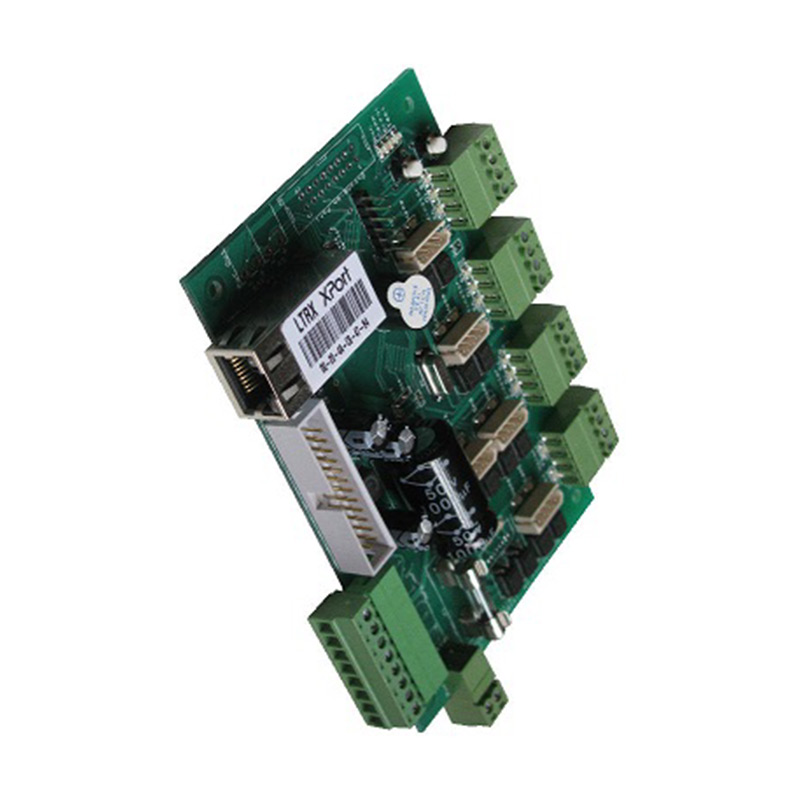

Low-E Glass Surface Coating Enhancing Energy Efficiency in Modern Architecture
Low-E Glass Surface Coating Enhancing Energy Efficiency in Modern Architecture
Low-E coatings are thin layers of metallic or metallic oxide applied to glass surfaces. Their primary function is to reflect infrared light while allowing visible light to pass through. This selective reflection significantly reduces the amount of heat transferred through the glass. In warmer climates, Low-E coating helps keep indoor spaces cooler by reflecting outside heat. Conversely, in colder climates, it aids in retaining indoor warmth by reflecting interior heat back inside. This versatility makes Low-E glass suitable for various building types, from residential homes to commercial skyscrapers.

The benefits of Low-E glass extend beyond energy efficiency. By reducing heat loss and gain, these coatings contribute to lower energy bills, making them a cost-effective choice for homeowners and businesses alike. They can also enhance comfort levels by minimizing temperature fluctuations inside buildings. Furthermore, Low-E coatings help protect furnishings and interior finishes from ultraviolet (UV) damage, as they can block up to 99% of harmful UV rays, preserving the integrity and appearance of décor over time.
Another significant aspect of Low-E glass is its contribution to sustainability. By decreasing energy consumption, buildings equipped with Low-E glass reduce the demand on heating and cooling systems, leading to lower greenhouse gas emissions. As more architects and builders prioritize environmentally friendly practices, Low-E glass surface coatings align perfectly with green building standards and certifications, such as LEED (Leadership in Energy and Environmental Design).
In conclusion, low-E glass surface coatings represent a significant advancement in building technology. They not only enhance energy efficiency and comfort but also promote sustainable practices by reducing energy consumption and emissions. As the construction industry continues to evolve toward more environmentally responsible methods, the adoption of Low-E glass will likely increase, making it an essential component of modern architectural design.